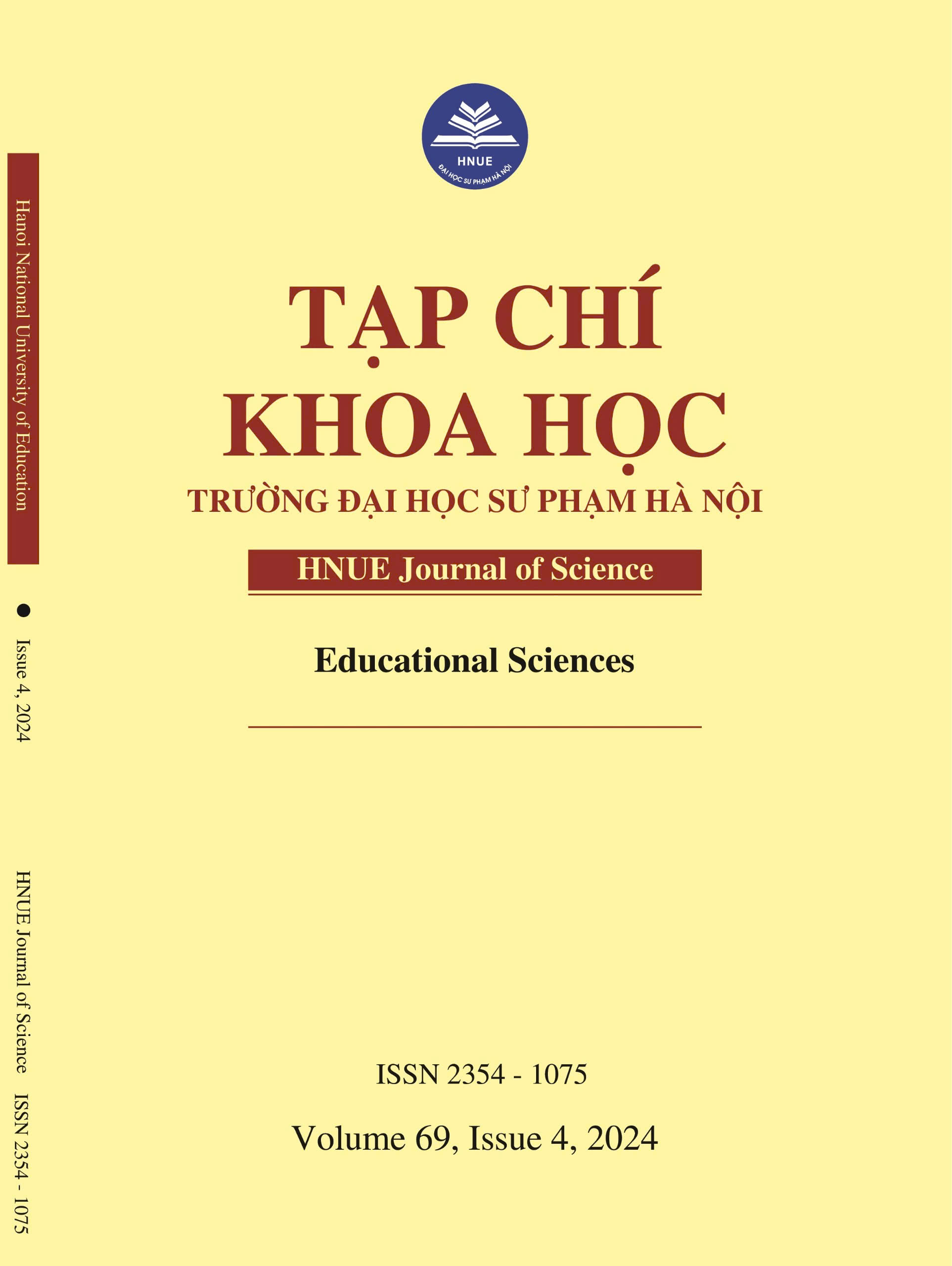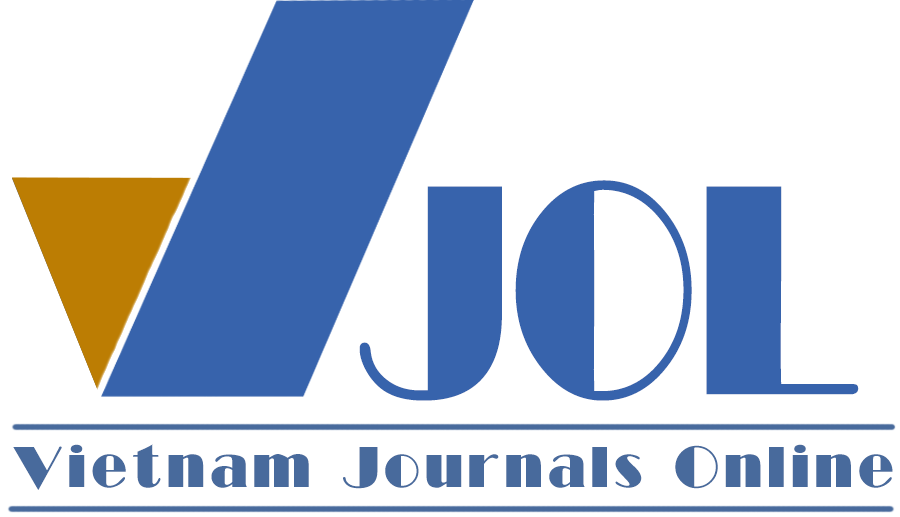EXPLORING EFL TEACHERS’ PERCEPTIONS OF NEW TEXTBOOK UTILIZATION IN HIGH SCHOOL SETTINGS
DOI:
https://doi.org/10.18173/2354-1075.2024-0059Keywords:
EFL, textbooks, high school, teacher perceptions, instructional practicesAbstract
This study investigates the perceptions of 43 English as a Foreign Language (EFL) teachers regarding the benefits and challenges associated with using new textbooks in high school settings. The research employs a combination of questionnaire surveys and semi-structured interviews to explore teachers’ perceptions and experiences. It aims to uncover the anticipated benefits of integrating new textbooks, such as providing updated content, adopting more effective teaching methods, and enhancing student engagement. The study also addresses key challenges, including resistance to change, inadequate teacher training, and difficulties in aligning new materials with curricular goals. Additionally, it examines how these perceptions influence teaching methods and curriculum implementation strategies. The findings contribute to a deeper understanding of the role of new textbooks in EFL high school environments, offering valuable insights for developing language education curricula, instructional approaches, and professional development programs.
Downloads
References
[1] Walker J, (2018). Teacher cognition and textbook use: A study of EFL teachers’ beliefs and practices. Routledge.
[2] Richards JC, (2015). Key issues in language teaching. Cambridge University Press. Borg S, (2018). Teacher cognition and language education: Research and practice. Bloomsbury Academic.
[3] Pajares MF, (1992). Teachers’ beliefs and educational research: Cleaning up a messy construct. Review of Educational Research, 62(3), 307-332.
[4] Nespor J, (1987). The role of beliefs in the practice of teaching. Journal of Curriculum Studies, 19(4), 317-328.
[5] Richards JC & Rodgers TS, (2014). Approaches and methods in language teaching. Cambridge University Press.
[6] O’Neill R, (2019). The role of textbooks in the language classroom. Routledge.
[7] Cunningsworth A, (1995). Choosing your coursebook. Heinemann.
[8] Littlejohn A, (2011). The role of the coursebook in language teaching. Cambridge University Press.
[9] Harwood N, (2010). The role of textbooks in the teaching of English as a foreign language. Palgrave Macmillan.
[10] Rogers EM, (2003). Diffusion of innovations (5th ed.). Free Press.
[11] Fullan M, (2007). The new meaning of educational change (4th ed.). Teachers College Press.
[12] Tomlinson CA, (2011). Differentiated instruction: A research basis. Theory into Practice, 50(1), 2-9.
[13] Guskey TR, (2002). Professional development and teacher change. Teachers and Teaching: Theory and Practice, 8(3), 381-391.
[14] Desimone LM, (2009). Improving impact studies of teachers’ professional development: Toward better conceptualizations and measures. Educational Policy, 43(3), 120-136.
[15] Cohen DK, & Ball, D. L, (1990). Policy and practice: An overview. Educational Policy, 18(2), 3-15.
[16] Bandura A, (1997). Self-efficacy: The exercise of control. W. H. Freeman.
[17] Hargreaves A & Fullan M, (2012). Professional capital: Transforming teaching in every school. Teachers College Press.
[18] Wenger E, (1998). Communities of practice: Learning, meaning, and identity. Cambridge University Press.
[19] Graves K, (2000). Designing language courses: A guide for teachers. Heinle & Heinle.
[20] Harris TL & Hodges RE, (2008). The literacy dictionary: The vocabulary of reading and writing. International Reading Association.
[21] Brown HD, (2019). Principles of language learning and teaching (7th ed.). Pearson.
[22] Dunn R & Dunn K, (2020). Teaching elementary students through their individual learning styles. Allyn & Bacon.
[23] Miller MD & Dollard N, (2021). Strategies for teaching students with learning disabilities. Routledge.
[24] Smith F, (2018). The book on the book: How textbooks are made and used. Scholastic.
[25] Smith L, (2018). The cost of education: Textbook expenses and their impact on learning. Education Policy Review.
[26] Park H & Kim J, (2020). Challenges and opportunities in integrating technology with new EFL textbooks. Journal of Educational Technology, 12(3), 45-62.
[27] Lee S & Lee J, (2019). Factors influencing EFL teachers’ adoption of new textbooks in secondary schools. TESOL Quarterly, 53(2), 215-237.
[28] Zhang Y & Yuan J, (2020). The impact of new textbooks on high school students’ English language proficiency: A longitudinal study. Language Teaching Research, 24(4), 501-518.
[29] Brown HD, (2019). Principles of language learning and teaching (7th ed.). Pearson Education.
[30] Dunn R & Dunn K, (2020). Learning styles and strategies: A practical guide to understanding your students. Springer.







